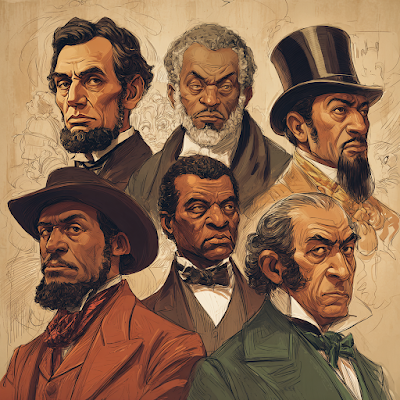Helping impulse control is partly about rewiring how your brain responds in the micro-moments before you act, and partly about shaping your environment so you’re not constantly fighting temptation head-on.
Here’s a structured way to work on it:
1. Strengthen the Pause
You want to insert a small “speed bump” between urge and action.
• Count to 5 (or 10) before responding, buying your brain time to shift from emotional to rational thinking.
• Name the urge out loud or in your head (“I’m feeling the urge to scroll,” “I’m feeling the urge to snap back”). This moves it from instinct to awareness.
• Breathe deliberately — slow, deep breaths calm the amygdala and give the prefrontal cortex time to kick in.
⸻
2. Identify Your Triggers
Impulse control is much easier when you understand when and why your guard drops.
• Keep a trigger log: When you act impulsively, note time, place, mood, and what happened before.
• Look for patterns: Do you overspend when tired? Eat junk after 9 PM? Say yes when you’re stressed?
⸻
3. Change the Environment
Willpower is finite — a smart setup reduces reliance on it.
• If you overspend, delete shopping apps or remove saved payment info.
• If you snack impulsively, keep tempting food out of sight and healthy snacks visible.
• If you blurt things out, write down your response before speaking when the stakes are high.
⸻
4. Train Your “Impulse Muscles”
Small, daily acts of self-control make it stronger over time.
• Practice micro-delays in low-stakes situations (wait 2 minutes before checking your phone).
• Play self-control games like resisting pressing a button for a reward, or doing something with your non-dominant hand — these train your brain’s “brake system.”
⸻
5. Work on Emotional Regulation
Many impulses are emotional reactions in disguise.
• Use mindfulness meditation to notice urges without acting on them.
• Label emotions specifically (“I’m anxious about the meeting” instead of “I’m bad at this”).
• Journal to “empty out” mental pressure before it bursts.
⸻
6. Rest & Refuel
Impulse control is far worse when you’re depleted.
• Sleep enough — sleep deprivation mimics impaired prefrontal cortex function.
• Eat protein and complex carbs to avoid blood sugar dips.
• Take breaks to avoid decision fatigue.
⸻
7. Have an “If–Then” Plan
Predetermine your alternative action:
• If I crave sugar, then I’ll drink tea first.
• If I want to check my phone in a meeting, then I’ll doodle notes instead.








